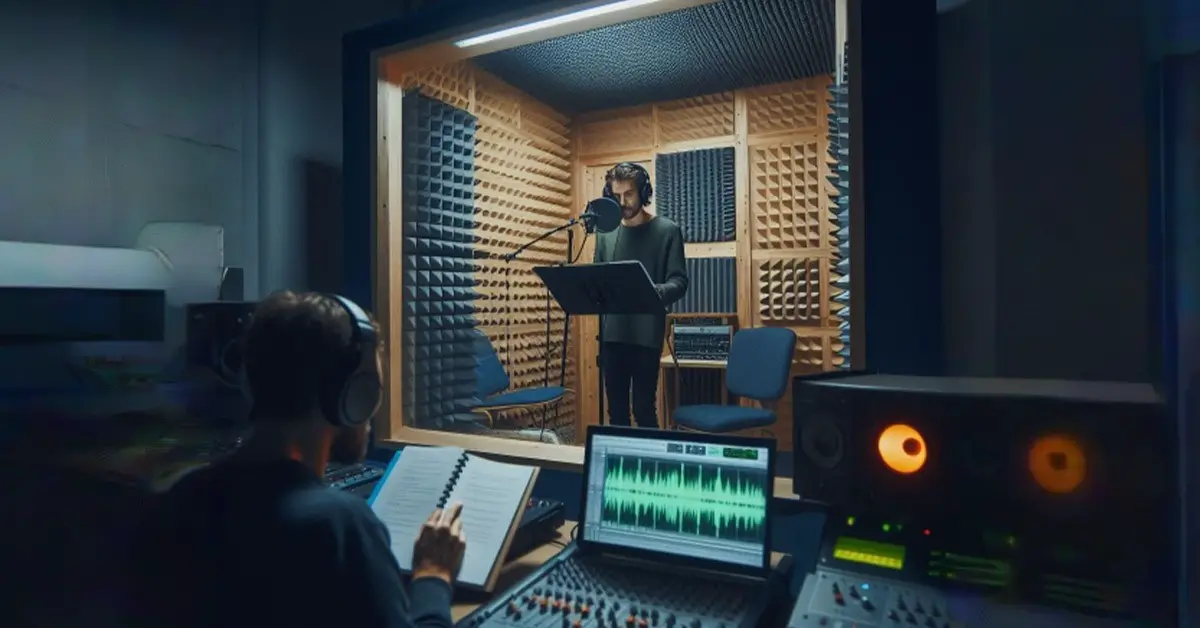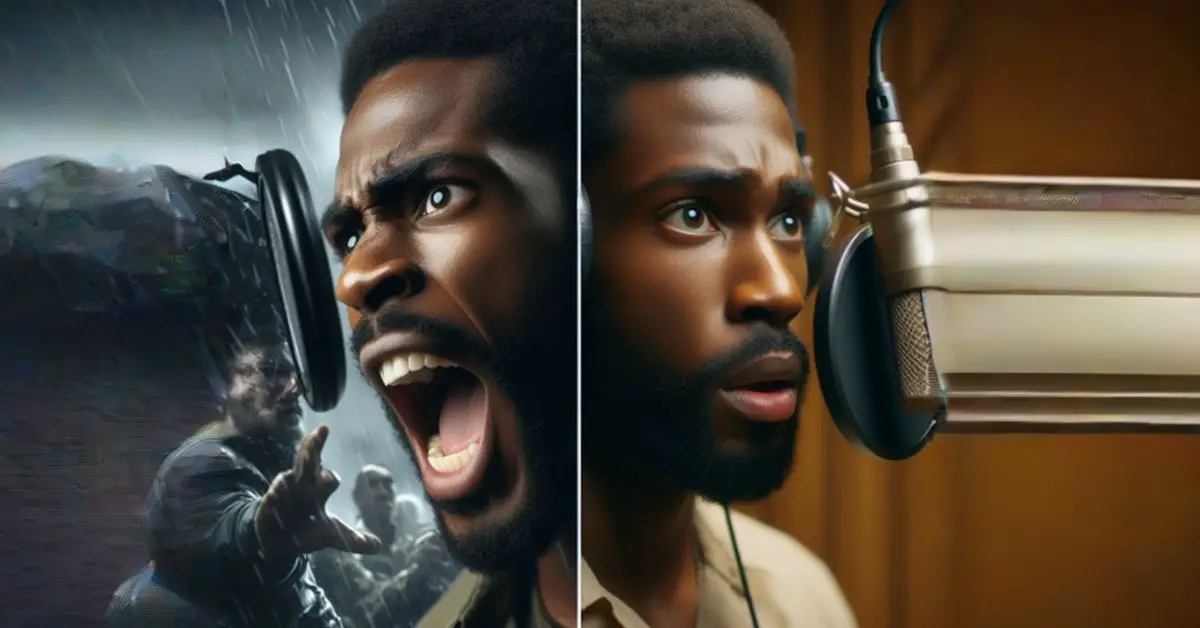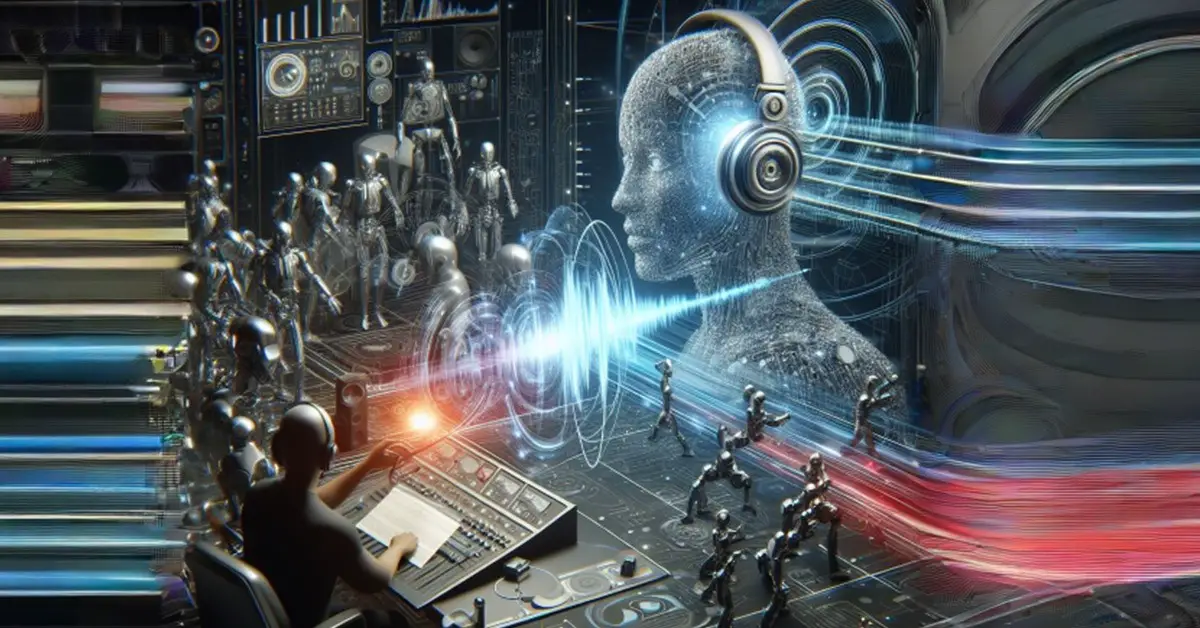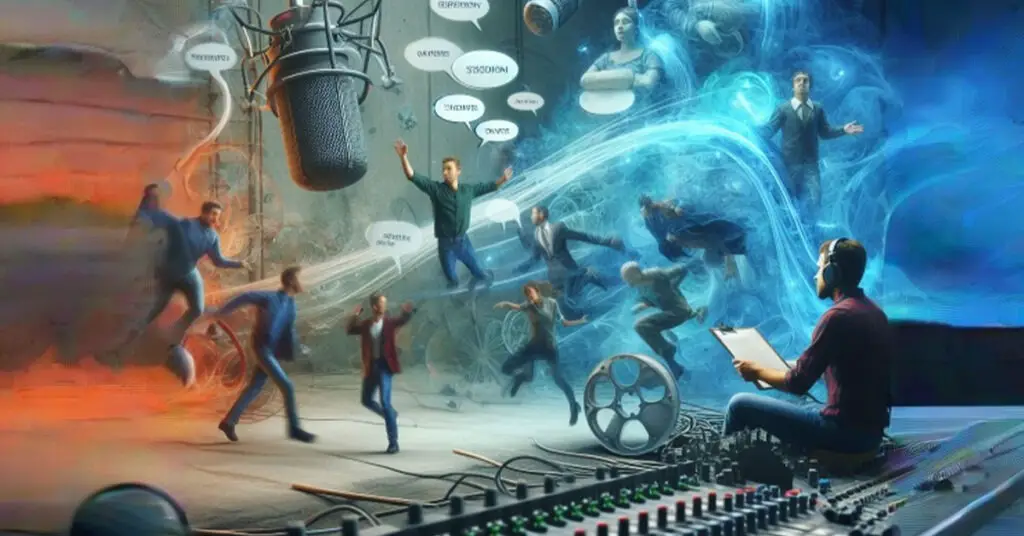“Yippee-ki-yay, motherf***er!”
This iconic line from the legendary action movie Die Hard perfectly captures the adrenaline-pumping intensity and gritty realism that audiences crave in the genre. However, what many moviegoers may not realize is that this famous quote, along with countless other memorable lines from their favorite action flicks, likely went through a crucial process known as ADR (Automated Dialogue Replacement).
ADR, also referred to as dubbing or re-voicing, is the post-production technique of re-recording dialogue by actors in a controlled studio environment. Despite being an often overlooked and underappreciated aspect of filmmaking, ADR plays a vital role in enhancing the audio quality and realism of action movie sequences, ensuring that every word hits with the intended impact.

I. The Challenges of Capturing Dialogue on Action Movie Sets
Action movies are known for their explosive set pieces, heart-pounding stunts, and larger-than-life sequences that push the boundaries of what’s possible on the big screen. However, these very elements that make action movies so exhilarating also pose significant challenges when it comes to capturing clear and intelligible dialogue.
On a typical action movie set, actors frequently find themselves in situations where capturing high-quality audio is nearly impossible. Explosions, gunfire, roaring engines, and other loud sound effects can easily drown out dialogue, making it difficult for audiences to discern what’s being said.
Additionally, actors may be required to perform in impractical or dangerous situations, such as hanging from wires, submerged underwater, or engaged in intense physical combat, further complicating the process of recording clear dialogue.
Safety concerns also play a role in the necessity of ADR. In many action sequences, actors cannot realistically speak their lines while performing stunts or engaging in dangerous activities, as doing so could compromise their safety and the authenticity of the performance.
II. The Art of ADR: How It’s Done
Enter ADR, the unsung hero of action movies. In a controlled studio environment, free from the chaos and noise of a typical action set, actors can re-record their dialogue while watching playback of the scene. This process allows for precise lip-syncing and the ability to match the original performance’s emotional intensity and nuance.
The ADR process typically involves the actor sitting in a sound-isolated booth, wearing headphones, and watching the scene unfold on a monitor. As the scene plays, they re-record their lines, carefully matching the lip movements and timing of the original footage. This process requires a great deal of skill and attention to detail, as even the slightest discrepancy in lip-syncing or delivery can break the illusion of realism.

Overseeing the ADR process are ADR supervisors and dialogue editors, who work closely with the actors to ensure that the re-recorded dialogue seamlessly integrates with the original footage.
They provide guidance on matching the tone, inflection, and emotional intensity of the original performance, while also ensuring that the dialogue is clear, intelligible, and free from any unwanted background noise or distortion.
III. Famous Examples of ADR in Action Movies
Many of the most iconic action movies of all time have relied heavily on ADR to achieve their audio perfection. Take, for example, the groundbreaking science-fiction action film “The Matrix.”
With its intricate fight choreography and mind-bending stunts, the actors often found themselves in situations where speaking their lines clearly was nearly impossible. Through the magic of ADR, however, every punch, kick, and gravity-defying move was accompanied by crystal-clear dialogue that heightened the intensity of the action sequences.
Another classic example is the “Mission: Impossible” franchise, which is renowned for its death-defying stunts and high-octane action set pieces. From Tom Cruise dangling from the side of a plane in “Mission: Impossible – Rogue Nation” to the breathtaking chase sequences in “Mission: Impossible – Fallout,” ADR played a crucial role in ensuring that every word uttered by the actors was perfectly audible and synchronized with their on-screen performances.
IV. The Benefits of ADR for Action Movies
The advantages of ADR for action movies are numerous and far-reaching. Firstly, it enhances the overall audio clarity and intelligibility of dialogue, ensuring that audiences can easily follow the story and character interactions even amidst the most chaotic and explosive sequences.
Secondly, ADR allows for the addition of emotional depth and nuance to performances. By re-recording dialogue in a controlled environment, actors can fine-tune their delivery, injecting subtle inflections and emotional layers that may have been difficult to capture during the initial shoot.
Furthermore, ADR provides filmmakers with creative flexibility in the post-production process. If dialogue issues or inconsistencies are discovered after principal photography has wrapped, ADR offers a solution for fixing these problems without the need for costly reshoots.
V. Behind the Scenes: The Challenges of ADR
While ADR offers many benefits for action movies, it is not without its challenges. One of the primary hurdles faced by actors and ADR supervisors is the difficulty of recreating the same emotional intensity and energy as the original shoot. The controlled environment of an ADR studio can sometimes feel sterile and disconnected from the high-stakes, adrenaline-fueled atmosphere of an action movie set.

Another challenge lies in achieving precise lip-syncing and matching mouth movements. Even the slightest deviation in timing or delivery can break the illusion of authenticity and draw attention to the fact that the dialogue has been re-recorded. This requires a keen eye for detail and a deep understanding of the nuances of lip movements and speech patterns.
Additionally, ADR often operates under tight deadlines and intense schedules, as the post-production process for action movies is typically compressed due to the sheer volume of visual effects and other technical elements involved.
VI. The Future of ADR in Action Movies
As technology continues to advance, the role and techniques of ADR in action movies are likely to evolve. While on-set sound recording technology has improved significantly in recent years, reducing the need for extensive ADR in some cases, the genre’s inherent challenges in capturing clear dialogue during high-intensity action sequences will likely ensure that ADR remains a crucial component of the filmmaking process.
Furthermore, the potential impact of artificial intelligence (AI) and machine learning on ADR processes is an intriguing area of exploration. As these technologies become more sophisticated, they may offer new tools and techniques for enhancing the ADR experience, such as automated lip-syncing or dialogue generation.

However, despite these technological advancements, the enduring importance of ADR for achieving audio perfection in action movies cannot be overstated. The human element – the skill and artistry of the actors, ADR supervisors, and dialogue editors – remains the key to creating truly immersive and believable action sequences that captivate audiences.
Conclusion:
As moviegoers, we often find ourselves lost in the spectacle and excitement of action movies, marveling at the jaw-dropping stunts, explosive set pieces, and larger-than-life characters. Yet, behind the scenes, a crucial process quietly unfolds, one that plays an indispensable role in bringing these cinematic adventures to life: ADR.
Through the art of ADR, the iconic lines we quote, the emotional moments that resonate, and the intense sequences that keep us on the edge of our seats are imbued with a level of clarity and realism that would otherwise be impossible to achieve. It is the unsung hero that ensures every word, every utterance, is delivered with the intended impact, elevating the action and immersing us deeper into the story.
So, the next time you find yourself quoting your favorite action movie line or reliving a heart-pounding sequence, take a moment to appreciate the skill and artistry that went into the ADR process. For it is this often-overlooked aspect of filmmaking that truly brings the action to life, allowing us to lose ourselves in the spectacle and escape into worlds of thrills, heroism, and unforgettable moments.


